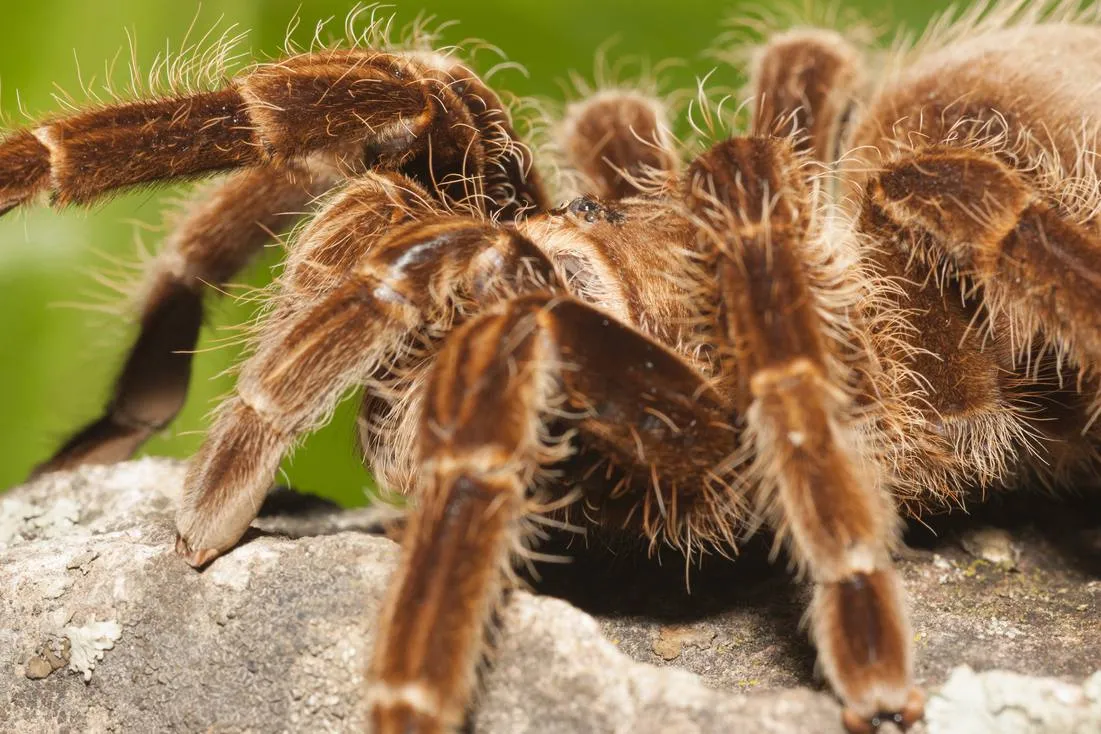Tarantulas Top 7 Facts You Didn’t Know!
Tarantulas, often misunderstood and sometimes feared, are fascinating creatures that have captivated the interest of scientists, hobbyists, and animal enthusiasts alike. These large, hairy spiders are found in various habitats around the world, exhibiting a diverse range of behaviors, appearances, and survival strategies. This article will delve into the world of tarantulas, revealing seven surprising facts that you probably didn’t know. From their ancient lineage to their complex social lives, prepare to be amazed by these incredible arachnids. Let’s explore the hidden wonders of tarantulas and discover what makes them so unique.
What is a Tarantula?
Tarantulas belong to the Theraphosidae family, a group of large and often hairy spiders. They are generally characterized by their size, with some species reaching a leg span of over 12 inches. Unlike many other spiders, tarantulas are known for their relatively long lifespans, with females often living for over 20 years. They are primarily terrestrial, meaning they live on the ground, and are typically nocturnal hunters. Their diet consists mainly of insects, but larger species may also consume small vertebrates such as lizards and mice. Tarantulas possess fangs for injecting venom, which they use to subdue their prey. The name “tarantula” itself has an intriguing history, originating from a town in Italy and initially referring to a different type of spider before being applied to these large arachnids.
Origin and Classification of Tarantulas
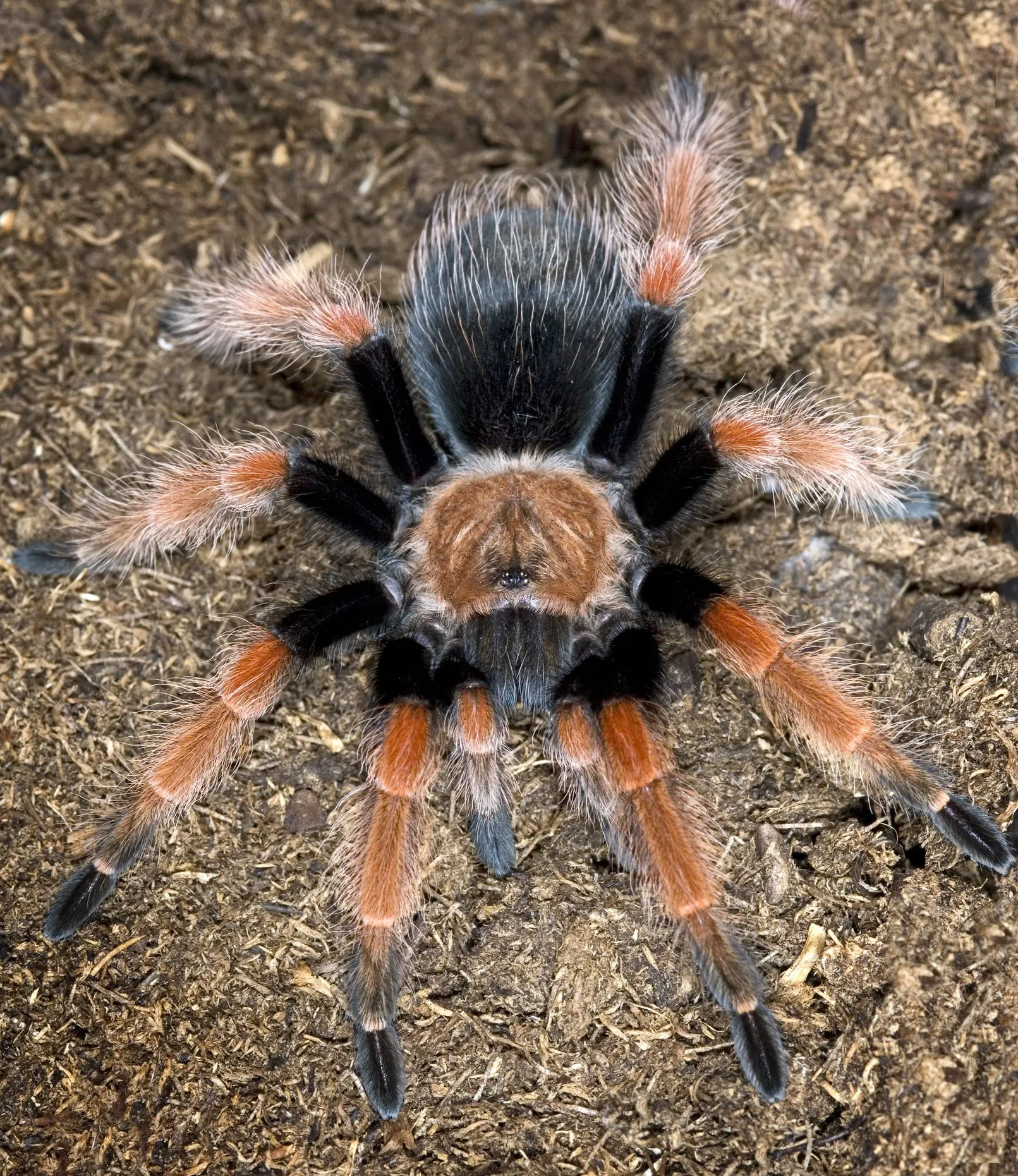
Tarantulas have a rich evolutionary history, with their origins tracing back to the Jurassic period, approximately 200 million years ago. They are part of the order Araneae, which encompasses all spiders, and belong to the infraorder Mygalomorphae, a group known for their downward-facing fangs. The Theraphosidae family, where tarantulas reside, is incredibly diverse, containing over 900 described species. Scientists classify tarantulas based on various characteristics, including their size, appearance, habitat, and behavior. Recent genetic studies continue to refine the classification, revealing relationships and evolutionary pathways among different tarantula species. This ongoing research helps us better understand the biodiversity and the evolutionary history of these ancient spiders.
Physical Characteristics of Tarantulas
Tarantulas exhibit unique physical characteristics that distinguish them from other spiders. The most striking feature is their size; they are among the largest spiders in the world. Their bodies are divided into two main parts: the cephalothorax (fused head and thorax) and the abdomen. The cephalothorax houses the spider’s brain, mouthparts, and legs, while the abdomen contains the digestive and reproductive organs. Tarantulas are covered in dense hairs, which serve various functions, including sensory perception and defense. Some species possess urticating hairs on their abdomen, which they can flick at predators as a defense mechanism. Their fangs are large and powerful, enabling them to inject venom into their prey. The color and pattern of tarantulas vary widely depending on the species, adding to their overall allure.
Size and Appearance
Tarantula size varies widely among different species, with some reaching impressive dimensions. The Goliath birdeater (Theraphosa blondi) is one of the largest, with a leg span that can exceed 12 inches. Other species, like the Mexican Red Knee (Brachypelma hamorii), are smaller but still substantial. The appearance of tarantulas is just as diverse as their sizes. They can be found in a variety of colors, including brown, black, red, and orange, often with intricate patterns. These colors serve various purposes, such as camouflage, warning signals, or mate attraction. Some species exhibit iridescent hairs that shimmer in the light, adding to their visual appeal. Their physical features are perfectly adapted to their lifestyle, allowing them to hunt, defend themselves, and thrive in their respective environments.
Venom and Bites
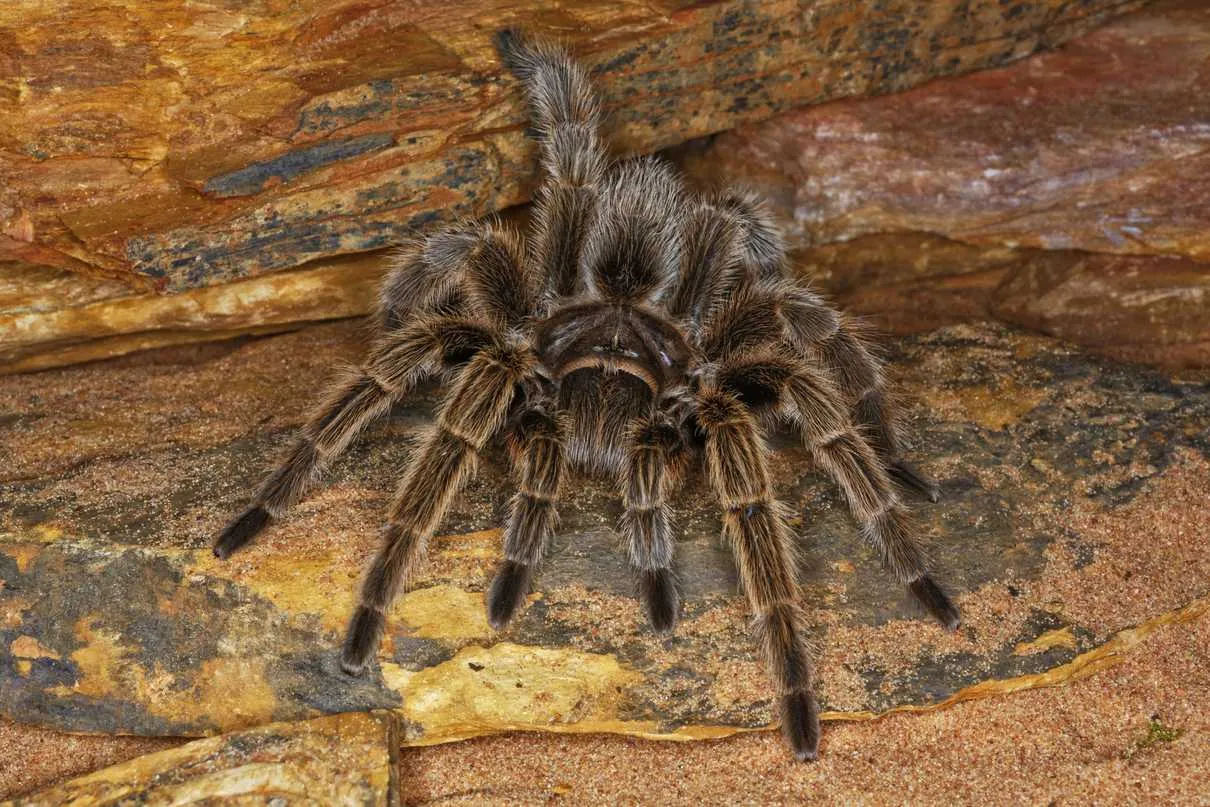
Tarantulas possess venom, which they use to paralyze and subdue their prey. The venom is injected through their fangs, which pierce the exoskeleton of the insect or small animal. The composition of tarantula venom varies among different species, with some containing a higher concentration of neurotoxins. While a tarantula bite can be painful, it is generally not considered life-threatening to humans. Symptoms of a bite may include localized pain, redness, and swelling, which usually subside within a few hours. In addition to venom, tarantulas may also use their urticating hairs as a defense mechanism. These hairs are barbed and can irritate the skin and eyes of a predator. When threatened, tarantulas will flick these hairs, causing discomfort and deterring potential attackers.
Are Tarantula Bites Dangerous?
Tarantula bites are rarely dangerous to humans. While the bite itself can be painful, the venom is generally not potent enough to cause serious harm. The effects of a bite are usually localized, with symptoms such as pain, swelling, and redness around the bite site. In rare cases, individuals with allergies to insect venom may experience a more severe reaction. However, most people recover from a tarantula bite within a few hours or days. It’s essential to seek medical attention if you experience severe symptoms, such as difficulty breathing or widespread swelling. For most people, a tarantula bite is more of a nuisance than a significant health risk. Prevention is key, and it’s recommended to handle tarantulas with care and avoid unnecessary contact.
Tarantula Behavior and Lifestyle
Tarantulas exhibit a range of fascinating behaviors and lifestyles. They are typically solitary creatures, except during mating season. Many species are nocturnal hunters, spending their days in burrows or under cover and emerging at night to search for food. Their hunting strategies vary, with some species actively pursuing prey while others ambush their victims. Tarantulas use their sensory hairs to detect vibrations and movements, helping them locate potential meals. They have a complex mating ritual involving courtship behavior, where the male presents himself to the female. The female tarantula lays her eggs in a silken egg sac, which she protects and carries until the spiderlings hatch. They also engage in behaviors such as molting, where they shed their exoskeleton to grow.
Habitat and Where They Live
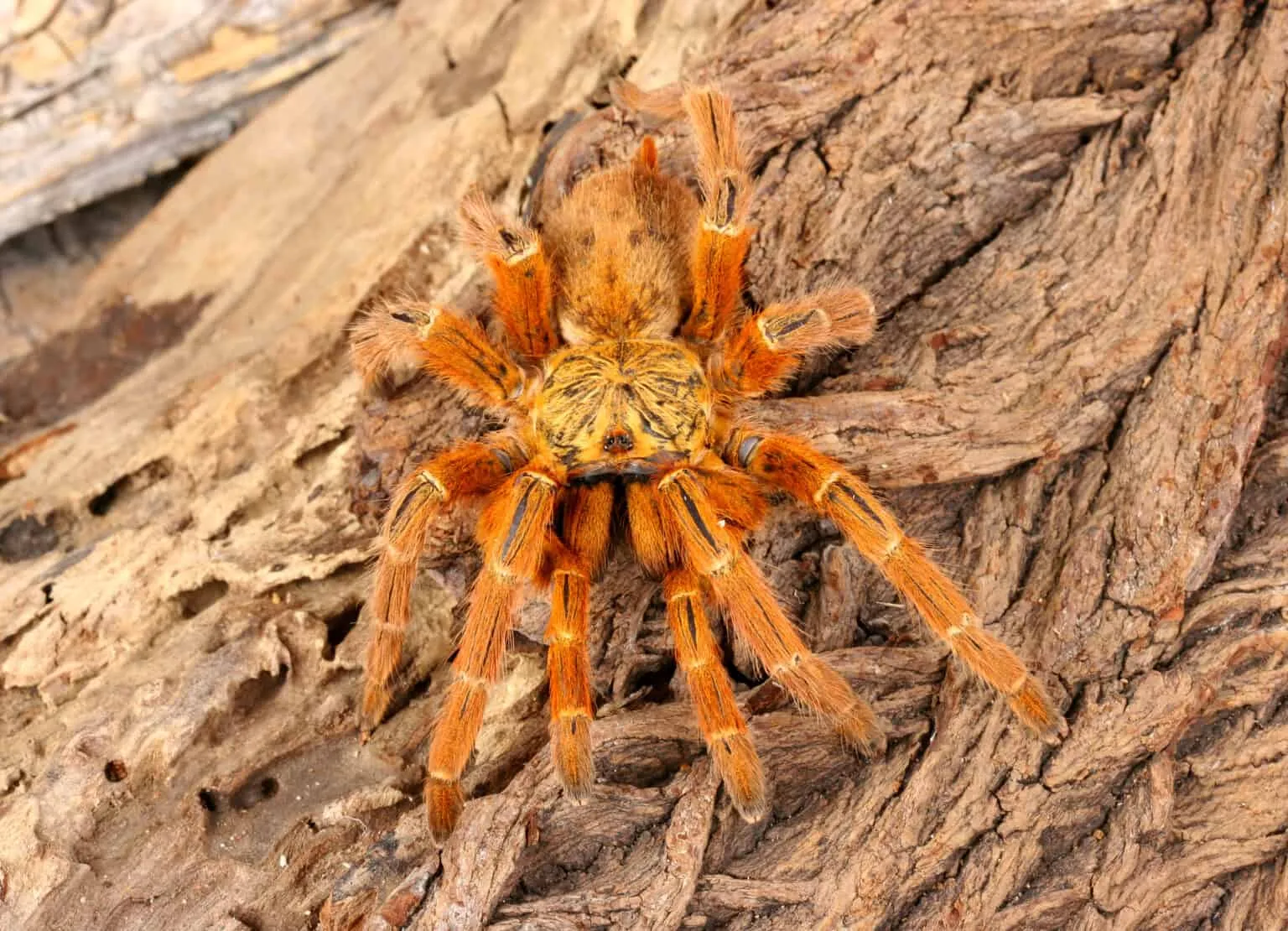
Tarantulas inhabit diverse habitats worldwide, from tropical rainforests to arid deserts. Their distribution varies depending on the species, with some being endemic to specific regions. They can be found in North and South America, Africa, Asia, and Australia. The ideal habitat for tarantulas provides adequate shelter, food, and suitable environmental conditions. Many species live in burrows they dig themselves, while others take advantage of natural crevices or create silk retreats. The type of habitat influences their behavior, coloration, and survival strategies. Conservation efforts are essential to protect the natural habitats of tarantulas, as habitat loss and degradation pose significant threats to their populations.
Diet and Feeding Habits
Tarantulas are primarily carnivores, with their diet consisting mainly of insects. They are opportunistic feeders, consuming whatever prey they can capture. The diet varies depending on the size and species of the tarantula, with larger species able to consume small vertebrates such as lizards, frogs, and even small birds or mice. Tarantulas use their fangs to inject venom into their prey, which immobilizes and begins the digestive process. They then use their chelicerae (mouthparts) to crush and break down the prey before consuming it. Feeding habits can be influenced by factors such as temperature and prey availability. The feeding frequency varies depending on the age and size of the tarantula, with younger tarantulas requiring more frequent meals. Providing a varied diet is essential for their overall health.
Lifespan and Reproduction
Tarantulas are known for their relatively long lifespans compared to other spiders. Females can live for over 20 years in some species, while males typically have shorter lifespans, often living only a few years. Their longevity is a remarkable aspect of their biology. Reproduction in tarantulas involves a complex mating ritual. The male tarantula, equipped with specialized structures on his pedipalps, transfers sperm to the female. After mating, the female produces an egg sac, which she carefully guards. The number of eggs in an egg sac can vary depending on the species, but it can range from a few dozen to several hundred. The spiderlings hatch from the eggs and undergo several molting stages as they grow and develop. Factors such as temperature, humidity, and nutrition play a significant role in the growth and lifespan of tarantulas.
Tarantula as Pets
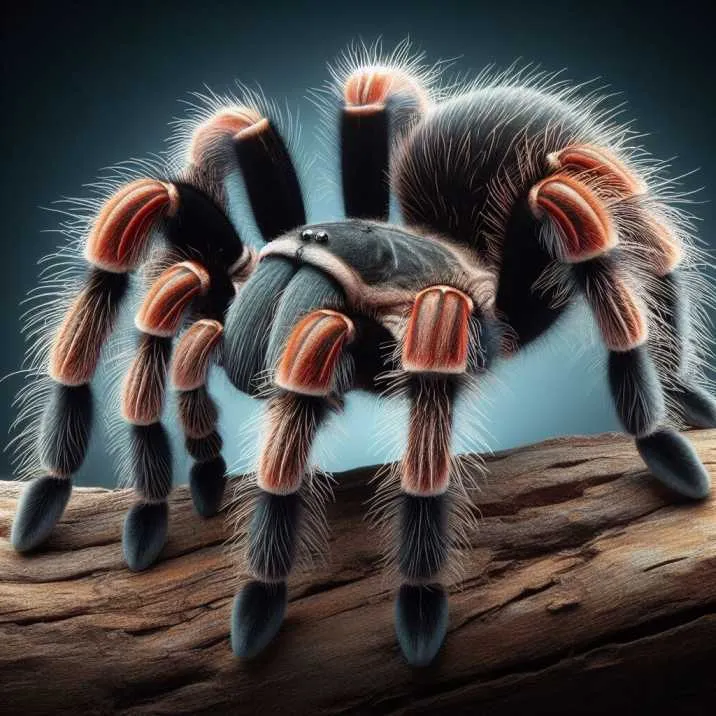
Tarantulas have gained popularity as pets due to their unique appearance and relatively low-maintenance care. They are fascinating creatures to observe, and many people find them less demanding than other pets. However, owning a tarantula requires responsible care to ensure the animal’s well-being. Proper housing, feeding, and habitat maintenance are crucial for the tarantula’s health and longevity. Before acquiring a tarantula, it’s important to research the specific needs of the species you intend to keep. This includes understanding their preferred temperature, humidity, diet, and handling requirements. Careful planning and preparation are essential to providing a suitable environment. Consider your experience level and ability to commit to the long-term care of a tarantula before making a purchase.
Popular Tarantula Species
Several tarantula species are commonly kept as pets due to their beautiful coloration, docile temperaments, and relative ease of care. The Mexican Red Knee (Brachypelma hamorii) is one of the most popular choices, known for its striking red and black markings and generally calm disposition. The Chilean Rose Hair (Grammostola rosea) is another popular species, appreciated for its hardiness and gentle nature. The Pinktoe tarantulas (Avicularia genus) are known for their arboreal lifestyle and vibrant colors. Each species has unique characteristics that make it an attractive choice for pet owners. When selecting a tarantula, consider factors such as the species’ temperament, size, and specific care requirements to ensure it aligns with your lifestyle.
Caring for Tarantulas
Caring for a tarantula involves providing a suitable habitat, proper feeding, and consistent maintenance. The enclosure should be appropriately sized for the species, with adequate ventilation and a secure lid to prevent escape. Substrate such as coconut fiber or peat moss should be used to maintain the required humidity levels. Providing hiding places, such as cork bark or artificial plants, will allow the tarantula to feel secure. Temperature and humidity levels must be carefully regulated to mimic the tarantula’s natural environment. Feeding should be done regularly, with the frequency depending on the age and size of the spider. Fresh water should always be available. Regular cleaning and maintenance are essential to prevent the buildup of waste and maintain a healthy environment. Researching the specific needs of your chosen species is important.
What to Consider Before Getting a Tarantula
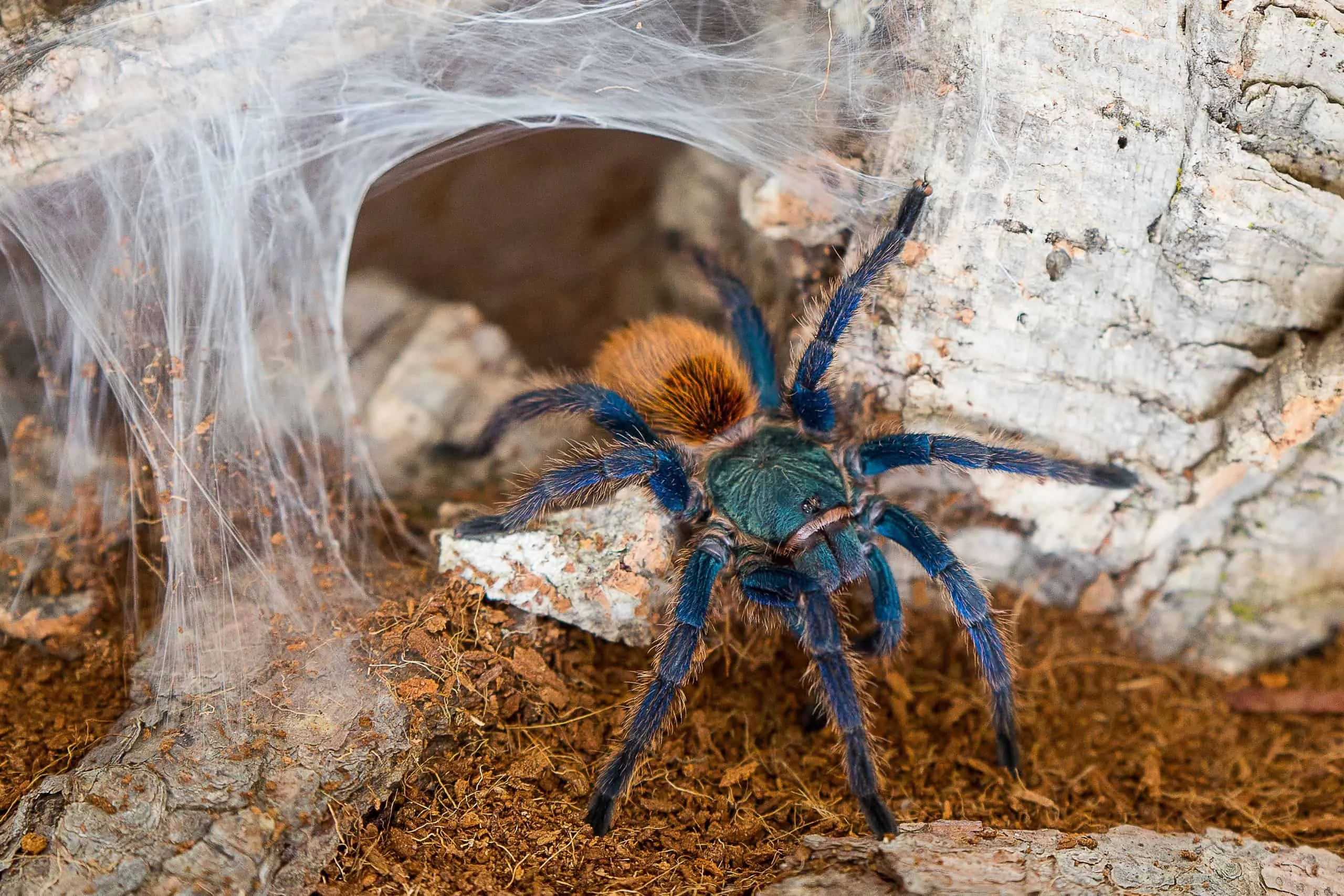
Before acquiring a tarantula, there are several factors to consider. Firstly, research the species you are interested in keeping. Understand its size, temperament, care requirements, and lifespan. Consider your experience level with exotic pets and assess your ability to provide proper care. The cost of owning a tarantula can include the initial purchase price, enclosure setup, substrate, food, and any specialized equipment needed for temperature and humidity control. You should also consider the long-term commitment involved in caring for a tarantula, as some species can live for many years. Be sure you are not allergic to any of the material or insects that you will be handling. Ensure that you have a reliable source of food, especially live insects, and understand that handling is sometimes necessary but not always easy. Finally, ensure that you are allowed to own a tarantula, as some areas have restrictions. If you can address these considerations, you can provide a suitable and rewarding environment for your new pet.
Creating the Ideal Tarantula Habitat
Creating the ideal habitat for a tarantula is crucial for its well-being. The enclosure should be appropriately sized to allow for movement and growth. A secure lid is necessary to prevent escape. The substrate should be chosen based on the specific species’ needs, with options including coconut fiber, peat moss, or a mixture. Substrate helps to regulate humidity and provide a natural environment for burrowing or hiding. Providing hiding places, such as cork bark, artificial plants, or hollow logs, helps the tarantula feel secure and reduces stress. Temperature and humidity levels must be carefully monitored and maintained, often with the help of a thermostat and hygrometer. Adequate ventilation is essential to prevent mold growth and maintain air quality. Creating a habitat that closely resembles the tarantula’s natural environment helps to promote its health and overall happiness.
Feeding and Watering Your Tarantula
Feeding and watering your tarantula are essential aspects of its care. Tarantulas are carnivores, so their diet consists of insects, with crickets, roaches, and mealworms being common choices. The feeding frequency depends on the spider’s age, size, and species, but it is usually between once a week and once a month. Provide a variety of insects to ensure a balanced diet. Always remove any uneaten prey within a day to prevent them from stressing the tarantula or causing harm. Fresh, clean water should always be available in a shallow dish or via a water-filled cotton ball. Ensure that the water source is easily accessible and regularly replenished. Adjust feeding and watering based on the tarantula’s individual needs. Remember that overfeeding can lead to health issues. Observing your tarantula’s feeding habits helps you provide the best possible care.
Handling and Safety Precautions
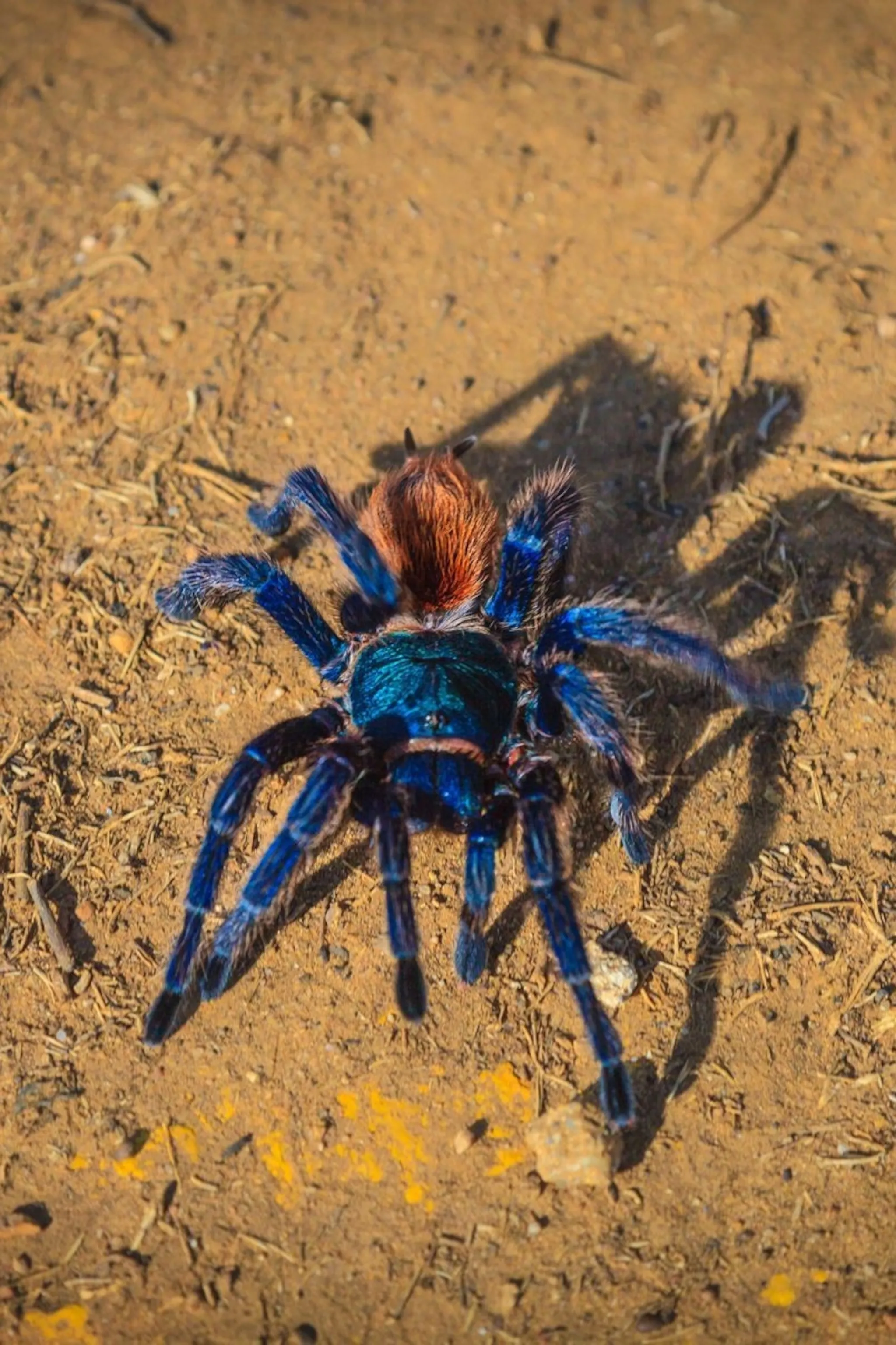
Handling a tarantula should be done with caution and respect. Avoid unnecessary handling, as it can stress the spider. If handling is necessary, do so gently and calmly, and always handle the tarantula over a soft surface to prevent injury if it falls. Wash your hands before and after handling, and avoid using scented soaps or lotions. Be aware of the tarantula’s defensive behaviors, such as raising its front legs or flicking urticating hairs. If you are bitten, remain calm and clean the bite area with soap and water. Monitor the bite for any signs of infection. Be sure to educate yourself about the tarantula’s species and temperament before attempting to handle it. Understanding the potential risks and taking precautions is key to a safe and enjoyable experience with your pet.
Conclusion
In conclusion, tarantulas are remarkable creatures with fascinating biology, diverse habitats, and intriguing behaviors. From their ancient lineage and unique physical characteristics to their role as pets, tarantulas continue to captivate our interest. Understanding their origin, classification, behavior, and care requirements allows us to appreciate these magnificent arachnids better. By providing proper care and respecting their needs, we can help ensure their well-being, whether in the wild or as pets. Tarantulas are a unique addition to the animal kingdom, and their study and conservation are critical for the preservation of biodiversity. With proper knowledge and responsible care, we can coexist with these fascinating creatures and appreciate their beauty and significance.
